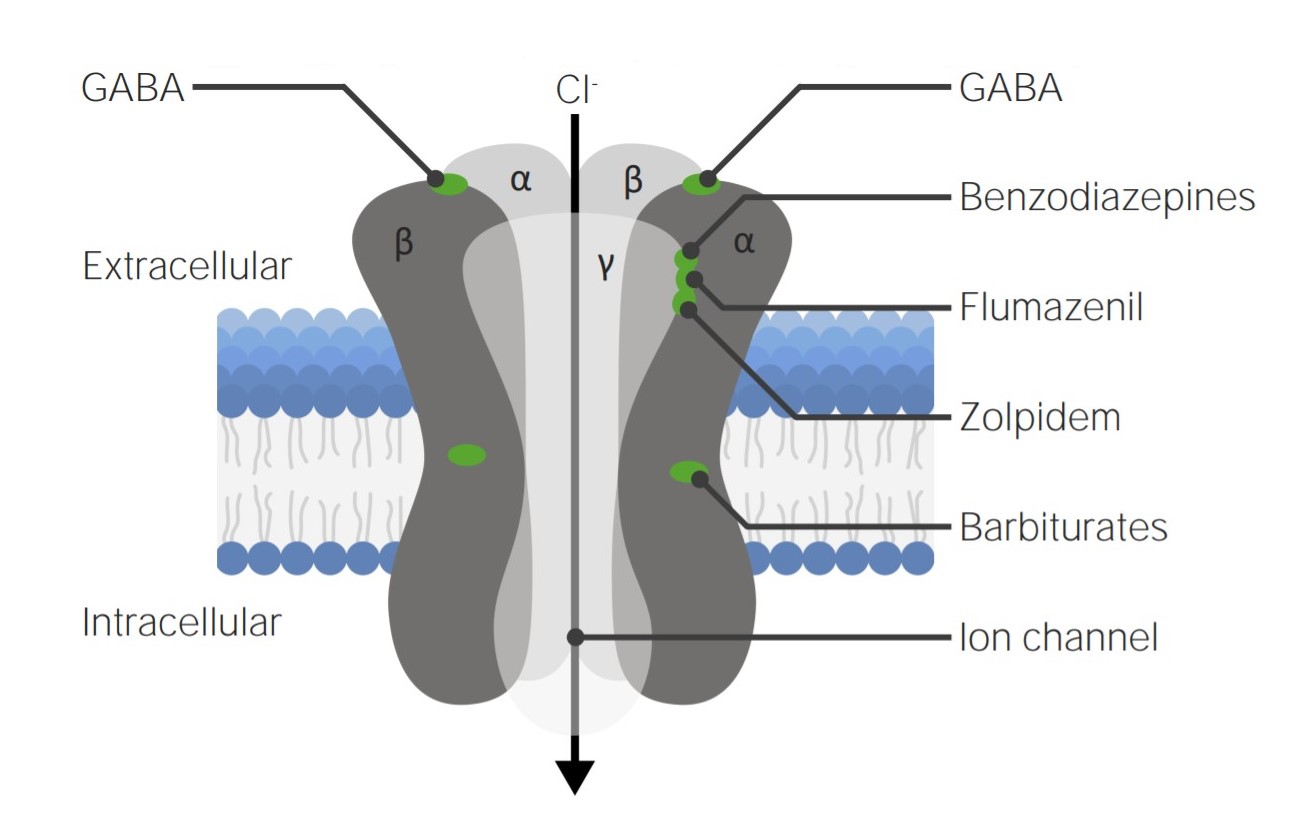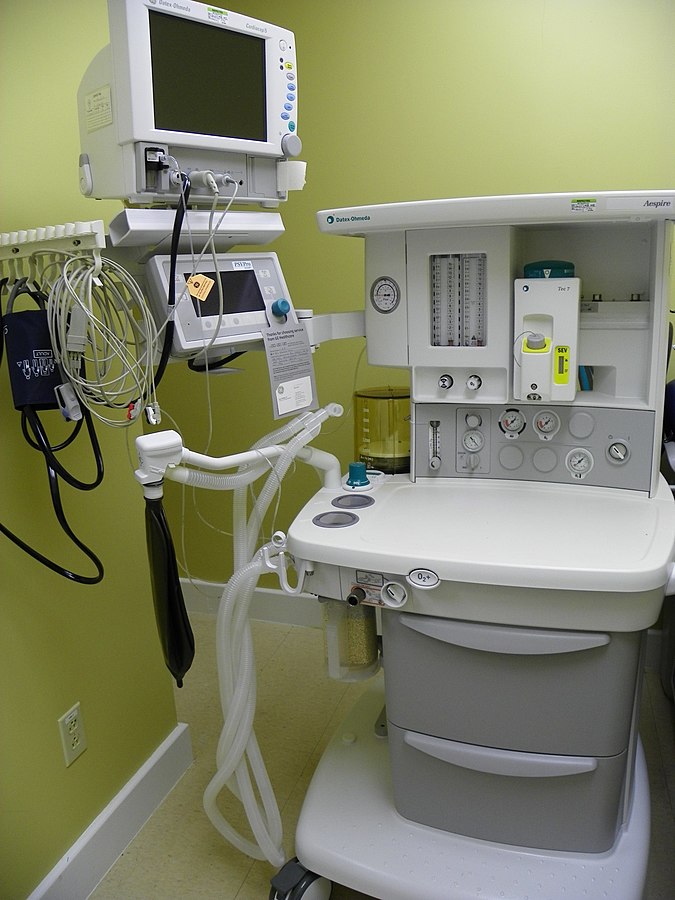Playlist
Show Playlist
Hide Playlist
Non-depolarizing Muscle Relaxants – Gases and Induction Drugs
-
04 - Gases and Induction Drugs.pdf
-
Download Lecture Overview
00:00 The non-depolarizing muscle relaxants are all relatives of the early arrow poison curare, from the Amazon area, where the Amazon natives used curare to shoot monkeys. 00:15 And the monkeys were then taken, and they were part of the food supply. And curare works by causing generalized paralysis in the monkeys. And because they couldn't breathe, they couldn't survive. 00:27 Subsequent to curare, a number of drugs have been developed. And the slide here, kind of shows the order in which they came on the scene. So Curare, Gallamine, Pancuronium, Vecuronium, Atracurium, Cisatracurium, Mivacurium, Rocuronium are the kind of sequence with which these drugs were marketed. 00:51 They all compete with Acetylcholine, so the concentration of the drug relative to the concentration of Acetylcholine, determines the degree of paralysis of voluntary muscles. Each of these drugs has its own characteristics, so that they vary on speed of onset, duration of action, and effects upon the cardiovascular system, and whether or not they release histamine. When first injected, they cause complete paralysis because the competitive balance with Acetylcholine favors the muscle relaxant. We inject a lot of muscle relaxant. As the surgery progresses, the muscle relaxants are washed away, become diluted in normal body fluids, and are excreted primarily unchanged in the urine, and Acetylcholine takes over. Therefore, it is often necessary to repeatedly inject muscle relaxants, non-depolarizing muscle relaxants, to maintain surgical paralysis. 01:51 And believe me, the surgeons tell us when they think more paralysis is necessary. The balance between Acetylcholine and muscle relaxant can be changed by giving an Acetylcholinesterase inhibitor. These agents prevent the metabolism of Acetylcholine by locally produced Acetylcholinesterase, thus shifting the competitive balance towards recovery of muscle activity. So normally, Acetylcholine is released at the nerve ending, passes across the neuromuscular junction to the neuro, to the muscle end-plate, causes depolarization, and then is rapidly broken down by Acetylcholinesterase. 02:33 What we do as anesthesiologists, is we block the effect of Acetylcholinesterase, thus blocking metabolism of Acetylcholine, increasing the concentration of Acetylcholine, and overcoming the effect of the non-depolarizing muscle relaxant. 02:51 This is Rocuronium, which is the newest of the non-depolarizing muscle relaxants. 02:57 It has a rapid onset of action, about 75 seconds in higher doses, which isn't quite as fast as big doses of Succinylcholine, which usually work in anywhere from 45 seconds to 60 seconds. Rocuronium has a short duration of action, around 20 minutes in regular doses, but as high as an hour when we give large doses. It produces no histamine release. It produces no fasciculations or myalgia. It has no effect on the cardiovascular system. 03:33 But it does have side effects. Now, the most important of these is residual paralysis. So this is the patient who wakes up at the end of his or her surgery, and continues to have weak muscles. 03:45 The other problem with Rocuronium is that, it requires normal or near normal renal function for it to be excreted. And in patients with abnormal renal function, it tends to accumulate and then it's very difficult to reverse. The relaxation we get with Rocuronium is not quite as profound as with Succinylcholine. So that, if you're in a hurry or if you need really profound relaxation, most anesthesiologists favour Succinylcholine. It does not however, trigger malignant hyperthermia.
About the Lecture
The lecture Non-depolarizing Muscle Relaxants – Gases and Induction Drugs by Brian Warriner, MD, FRCPC is from the course Anesthesiology: Introduction.
Included Quiz Questions
Which of the following statements about non-depolarizing muscle relaxants is TRUE?
- A single dose is usually inadequate to maintain surgical paralysis.
- They do not compete with acetylcholine.
- All of them have significant cardiovascular effects.
- When administered, muscle fasciculations are noted.
- Acetylcholinesterase inhibitor administration favors their action.
Which of the following is a possible complication of rocuronium?
- Prolonged paralysis, even after surgery
- Asthma attack due to histamine release
- Malignant hyperthermia
- Renal failure
- Muscle rigidity
Customer reviews
5,0 of 5 stars
| 5 Stars |
|
5 |
| 4 Stars |
|
0 |
| 3 Stars |
|
0 |
| 2 Stars |
|
0 |
| 1 Star |
|
0 |





